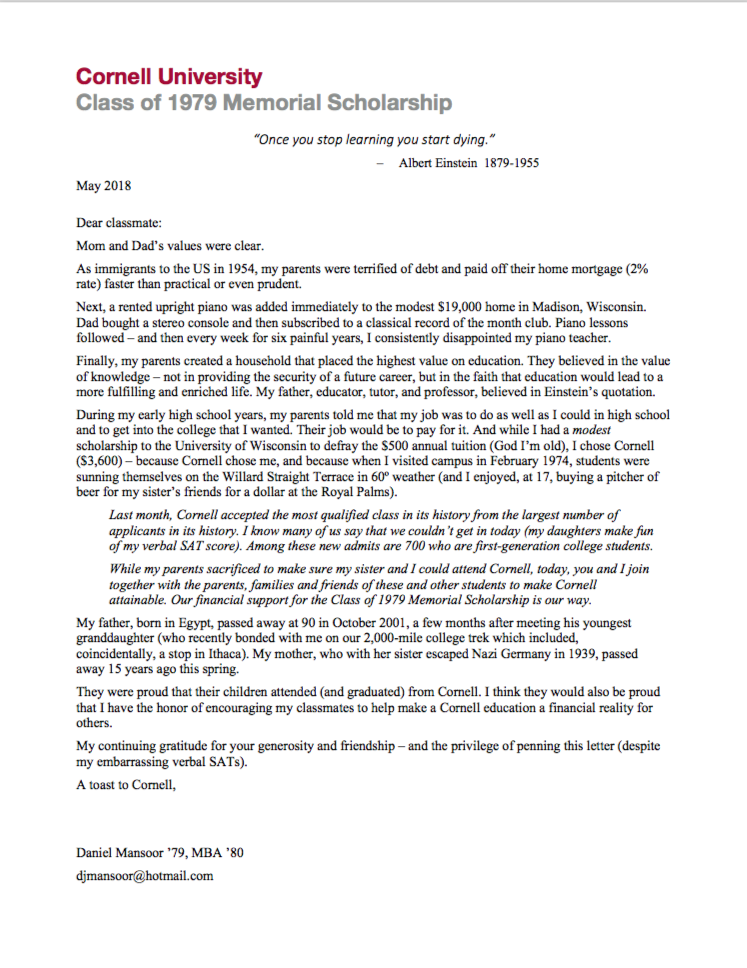Is there anyone who doesn’t believe that our times—and the fundraising climate—haven’t shifted dramatically in the past year? And the return to a new normal will be anything but normal?
The good news: you don’t have to change anything to continue to secure philanthropic support from your donors and prospects. The bad news: your results will not reach the potential to transform your organization, solve a problem in your community, or get you recognition as a change master in the field of fundraising and development.
We need to do more, much more, to address the multiple fatigues in our industry.
Giving fatigue: Donors give, but they are tired of fundraising and fundraisers.
Solicitation fatigue: Staff and volunteers are exhausted (bored) by the endless appeals.
Attention fatigue: We simply cannot get anyone’s attention anymore.
The solution? Technology. Science. Creativity.
How often have you seen these three words as part of a comprehensive strategy for improving your fundraising results? Pay attention. I’ll make this easy on you—and for you.
Technology
“Identify and then eliminate the obstacles standing in the way of the desired behavior.”
—Kurt Lewin
We’re two decades into the internet era; why is it still easier to buy a book about hurricanes than help a storm’s victims? How many times do we go to online giving sites and give up?
Very soon technology will improve donor participation and retention by making it ridiculously easy to give. Imagine managing your philanthropic investments like you manage financial investments: your portfolio of all the causes you care about, addresses, and transaction information stored in one place. You’re just one click away from giving to all your favorite charities, generating and filing an instant receipt, and managing all your giving in a single location. Technology will allow donors to do what they want to do anyway.
Science
“A choice architect has the responsibility for organizing the context in which people make decisions.”
—Richard Thaler
People are inherently altruistic. Donors give away $1 billion every day. And people are irrational decision makers. It’s this irrationality that fundraisers need to better understand, and it is the science of behavioral economics they need to apply.
We are a generation into the era of behavioral economics, which explains and predicts how consumers make decisions (spoiler alert: less rationally than you might think). Yet the application of these profound theories has only started to be part of the fundraising (nonprofit) economy.
In one longitudinal study, people gave more for hurricane relief if the name of the hurricane started with the same letter as their own name. What???
There are so many opportunities for fundraisers to be smarter in our efforts. We just need to understand and apply known science of philanthropic decision making.
Do matching or challenge grants work?
Does a gender-match between the solicitor and prospect matter?
Why are giving days so successful?
Are people more generous if we suggest a larger gift?
How can one simple change in a solicitation increase the number of recurring donors?
Primary research in philanthropy and broader studies in behavioral economics and psychology can inform fundraising behavior that motivates donors and dramatically improves fundraising results.
Creativity
“Life is either a daring adventure, or nothing.”
—Helen Keller
Finally, we come to the greatest barrier to success: getting people’s attention. This is the most dramatic challenge in this new era in fundraising; solving it will demand our innovation, creativity, and imagination.
If you want your organization to be noticed, be daring. Take a risk in your message, your events, your ideas, your approaches. More than anything else, display your humanity every chance you get. Most fundraising copy is drab, corporate, and repetitive. Write a letter that your donor saves or shares with others.
To do this you have to believe in your imagination, learn how to be more creative, practice creativity, and nurture innovation. You’ll raise more money—and have more fun along the way.
As we enter this new era in philanthropy and development, discover how you can bring a new way of thinking to fundraising through technology, the science of giving, and creativity. Through this evolving way of understanding the fundraising behaviors of professionals and volunteers alike, nonprofits can ensure the loyalty of their donors and find ongoing inspiration this work.
Interested in learning more?
Join my workshop, “Delivering Extraordinary Fundraising in Extraordinary Times,” on Wednesday, June 16, 2021, to learn how technology, science, and design will reshaping the work of fundraisers right now and in the future. Register here.






